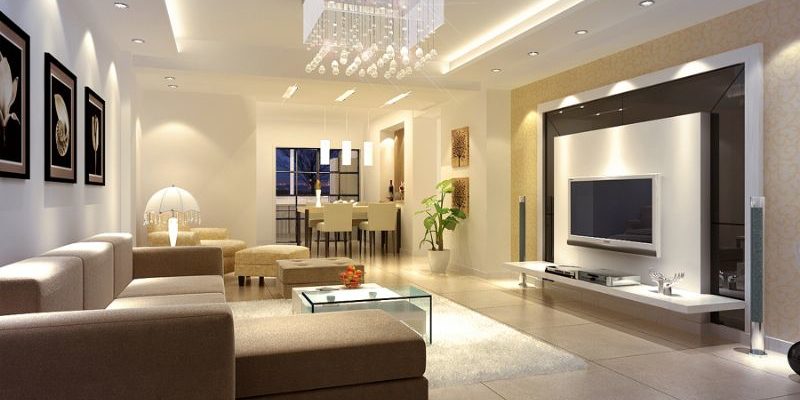6 things you should know about LEDs in a warehouse
Efficient LED sources are changing the way we see high-rise lighting in warehouses and distribution centers, but there are some important factors that cannot be ignored. There are obvious considerations, of course. Energy efficiency and operating costs will always be prominent in the priority list, and the maintenance of high-level equipment is usually a logistical nightmare every time it occurs. An
LED lights solution seems to make sense, but there are extra special challenges when it comes to warehouse lighting.
Get the right design
This may seem like an obvious thing, but installation work doesn't always happen with shelf systems already installed. The luminaires that end on top of the shelves are useless. Make sure you know where the bookshelf should be before letting electricians get lost in the installation. Ill-disposed lighting installations waste energy, severely reduce lighting levels by bringing light to the wrong place and make maintenance an unnecessarily expensive and slow procedure. This not only applies to LED installations, of course, but it is also possible that the light distribution of a high-rise LED luminaire is less permissive than the type of HID sources we have been accustomed to.
Check the optics of the LED system
There is a new generation of high-rise lighting that depends on the use of optical systems to deliver your light pattern. If you have decided to use the benefits of optics, be sure to install the correct version. It is easy to make light enter the floor, but operators need a good light wash on the vertical face of the shelf. That is one of the great improvements that
LED sources have brought to high-rise lighting. While 'traditional' high-rise luminaires used to use elliptical HID lamps in spun aluminum reflectors that provided a broad light cone, the shape factor of high-rise LED luminaires varies from a high-output central module within a reflector, replicating the old HID versions, to linear array styles that have a defined asymmetric distribution that adapts to washing vertical surfaces.
Avoid glare of forklift drivers
LED arrays do not work like conventional HID sources. The point intensity of each LED chip can make glare a serious problem if operators are forced to look upon the face of the luminaire. This is a typical problem for forklift drivers when they need to stack products at the highest transfer levels. There is a necessary trade-off between the efficiency of the luminaire and visual comfort. A high-rise LED luminaire can report excellent light efficiency, but you can rely on poor optical control to achieve that figure. A good optical system will take into account the needs of those who work under the luminaire and can sacrifice a degree of efficiency in doing so.
You don't need light all the time
There will be times when 100% of work lighting is not needed. LED installations should be efficient in any case, but that is no reason not to exploit the technical characteristics of the source. While HID dimming was never really a work option, LEDs can dim very easily. Use localized presence detectors to help reduce energy consumption when not working in specific bays. And save more energy if you have ceiling lights by linking lighting with daylight control.
Know what is happening at all times
Unless you have some type of monitoring software, you will not have an idea of how efficiently the installation is working. Link a strong lighting control strategy with reporting software that gives you all the comments to inform you how well the installation is working. We are more used to seeing this type of tests and automatic reports with emergency lighting. But having a full-time analysis of a lighting installation that works at height and for long periods of time can bring all kinds of benefits when it comes to preventive maintenance.
And know what happens next
The stores can carry out operations 24 hours a day, 7 days a week, and that means that the lifespan for the LED array of around 50,000 hours is less than seven years. Make sure that the specified equipment can be reinstalled with a new LED array and driver when that day arrives. The lifetime evaluations of LED installations must include a statement of the manufacturer's intentions when internal components must be replaced. This is a relatively new area for manufacturers. There has been so much emphasis on the longevity of the LED that it has taken some time for the hard truth to be discussed. LEDs are not forever, but luminaire housings can be.


Comments
Post a Comment